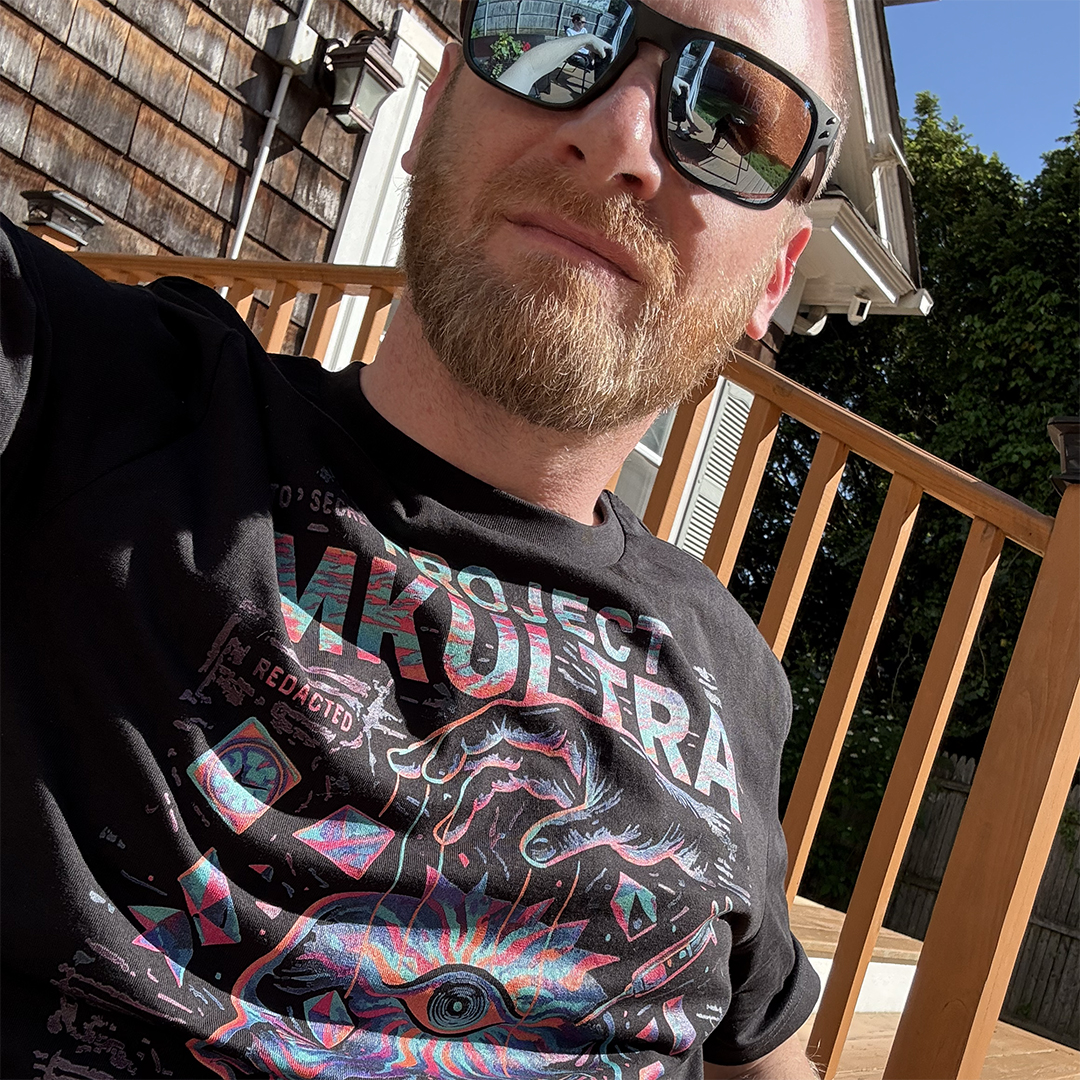Book Review: The Creative Act – A Way of Being by Rick Rubin
- William Cassar

- 3 days ago
- 3 min read

Every so often, I come across a book that doesn’t just inspire my work—it reframes how I think about creativity altogether. Rick Rubin’s The Creative Act: A Way of Being is one of those rare books. It’s less of a traditional “how-to” about creativity and more of a philosophical guide to living a creative life with intention, curiosity, and presence. Rubin approaches creativity the same way he approaches music: stripped down, honest, and deeply intuitive. What struck me most is that the book isn’t about achieving genius or chasing perfection—it’s about tuning yourself to notice more, feel more, and stay open to ideas as they pass by.
Creativity as Awareness, Not Achievement
Rubin argues that creativity isn’t a job title or a talent—it’s a way of showing up in the world. As someone who has spent years moving from graphic design into art direction and creative leadership, this perspective resonated deeply. He talks about creativity as awareness: the ability to stay sensitive to the world around you, to notice the subtle details others might overlook, and to let those details shape your work.
It’s a refreshing counterpoint to the productivity mindset that dominates creative industries. Rubin reminds us that the process matters just as much—maybe more—than the outcome.
The Artist as a Receiver
One of the central themes in the book is the idea that artists aren’t inventors as much as receivers. Ideas already exist “in the ether,” Rubin suggests, and our job is simply to be tuned in enough to catch them. It’s a poetic, almost spiritual take on creativity—but also surprisingly practical. It encourages patience, openness, and the discipline to create space for ideas to land.
This notion aligns with how I’ve come to view creative direction: not as forcefully generating concepts, but as building the conditions for creativity to happen—for myself, for my team, and for the projects I lead.
Embracing the Unpolished
Rubin is well known for stripping songs down to their essence, and that philosophy runs throughout the book. Creativity, he argues, doesn’t begin with execution—it begins with possibility. It’s messy, unformed, and imperfect. And that’s a good thing.
As someone who has spent years refining processes and building operational frameworks to support design teams, this reminder hit home. Structure is important—but so is the willingness to let things be rough for a while. Not every idea needs to emerge fully formed. Sometimes the most powerful creative choices start as quiet fragments.
A Book About Being, Not Just Making
What I appreciated most is that The Creative Act isn’t about productivity hacks or artistic rules. It’s about being present. About making space for your vision. About understanding that creativity is shaped by the way you move through the world, not just the way you work in the studio.
Rubin writes with a simplicity that borders on meditative. The chapters are short, almost like creative koans. You can read it straight through, or you can open to any page and find something grounding, something that makes you pause.
Final Thoughts
If you’re a creative professional—designer, art director, strategist, or anyone who makes things for a living—The Creative Act: A Way of Being is worth your time. It’s not a technical guide or a branding manual. It’s a lens. A reminder. A quiet push toward a more intentional creative life. It reaffirmed something I’ve learned in my own journey: Good work doesn’t just come from skill. It comes from how deeply you engage with the world around you.
And Rubin captures that truth beautifully.


